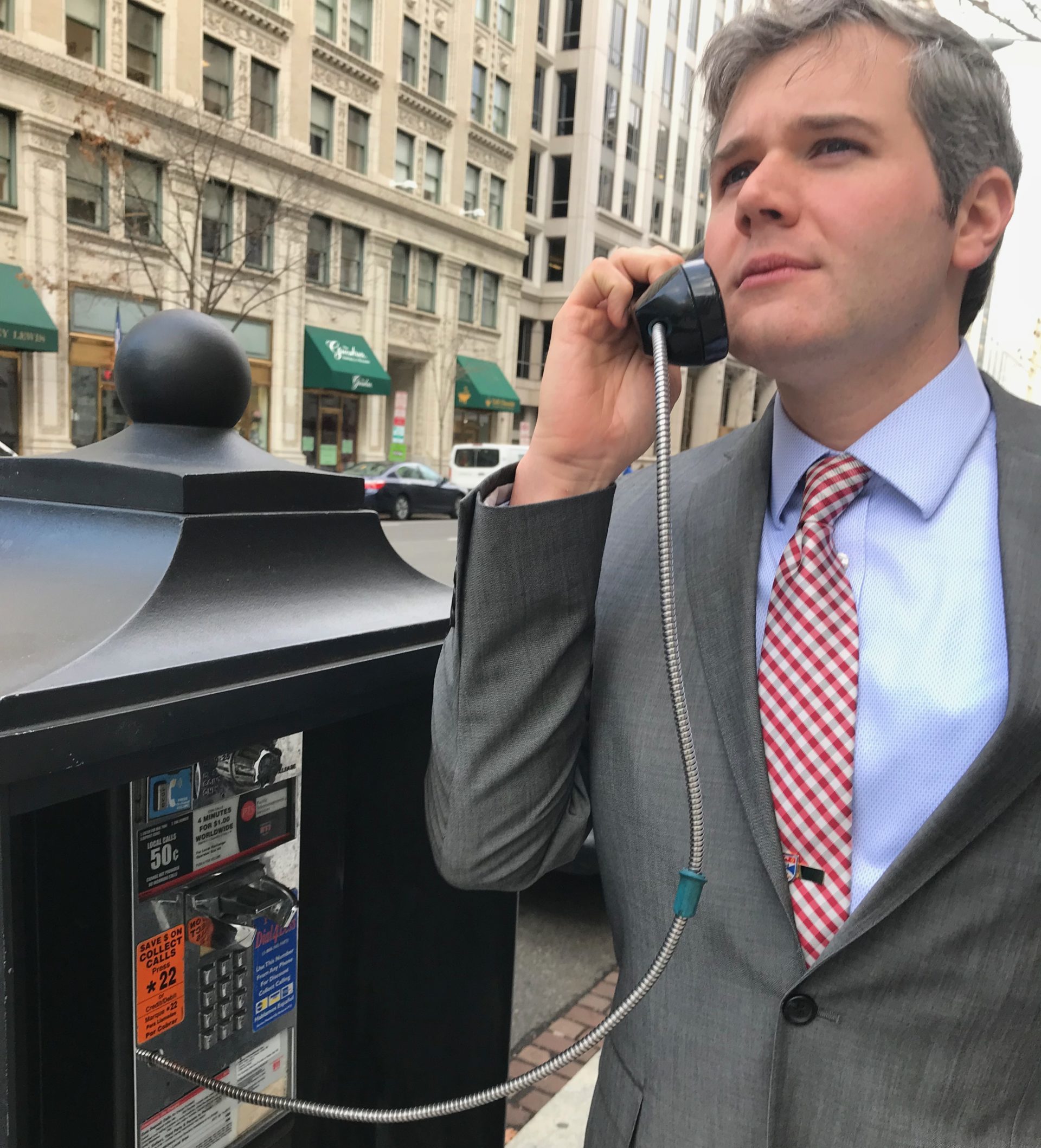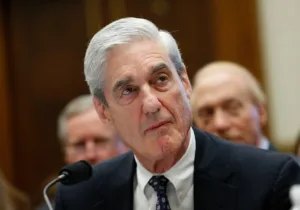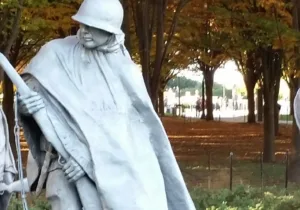The insurrection on Epiphany at the US Capitol reveals essential tasks—for America to prevent another attack and for the church to respond properly to the misuse of its symbols.
If rioters had attacked another location on the National Mall, say the Lincoln Memorial, it would also be a national tragedy that would deserve full prosecution and reflection on how the government failed in preventing it. But the attack on the US Capitol is far worse and turns a riot into an insurrection.
For every ounce of effort America should use to prevent and prosecute other riots in other parts of the country, a pound of effort must be used after Wednesday’s insurrection. The Capitol is not only a national symbol; it is the edifice that allows Article One of the US Constitution to function. Protecting this building along with the White House and Supreme Court is a fundamental priority, especially when officials are inside fulfilling their constitutional duty. An attack on Congress because rioters disagree with how the elected representatives are voting and want to hinder them is treasonous and un-American. The perpetrators are not “great patriots,” as President Donald Trump called them after they ransacked offices, undermined national security, and placed a bomb near the Capitol.
In addition to fully prosecuting everyone responsible, the US government must investigate why the authorities failed miserably to protect this site. Reports days before the pro-Trump rally revealed that protestors were planning to do more than protest and even “storm the Capitol.” So more preparations, including sufficient defenses around government buildings and a robust National Guard presence, were required, just as DC was prepared for protests last year. Last summer and fall many rightly criticized state governors, who are commanders-in-chief of their state National Guards, for not adequately using that resource to prevent and deter rioting and looting. They are responsible for their governments’ failures. Now the commander-in-chief of DC’s National Guard, President Trump, deserves blame for a similar failing. Reports also suggest that Trump was reluctant to send in the guardsmen, even as he watched on TV the mob in the Capitol, so Vice President Mike Pence had to step in and authorize their deployment. On at least this count, in addition to others, President Trump has grave responsibility for what happened inside the Capitol. The buck stops with him.
Such an attack must never happen again because the mob must not control the government. Many of the great failings of the French Revolution occurred because the Parisian mob could use its violence to dictate policy, and leaders manipulated and directed rioters for their own ends, until the Revolution devoured them, too. America must not descend into this destruction. So the insurrectionists have to be found, arrested, and prosecuted, and thankfully authorities are doing so, while an investigation uncovers all the government’s failings.
Meanwhile, the church has an essential task to denounce the use of Christian symbols at the insurrection—including flags, crosses, and placards—where rioters also brought Confederate banners and a noose. The term “Christian Nationalism” seems appropriate in this case, even though it can be nebulous and inexact, as by their nature nationalisms often are these things. This phenomenon is not rare or uncommon, even if some of us don’t experience it in our day-to-day lives. The church needs to understand it and respond properly.
Earlier this year I interviewed Tobias Cremer about his research into how American and European populists use religion. In Europe, these populists often reject Christian tenets but use religious symbols to showcase what they consider to be the nation: they are Christian despite not believing in Jesus or God because their town has a church in its center and not a mosque, for instance. But in America his research found these populists generally believe in and understand the Christian faith, yet he also found that an increasing number of “cultural evangelicals,” who claim the identity without practicing the faith, are part of an emerging post-Christian right in American politics.
I’m curious what a study of those carrying Christian symbols during the riot would find. My hypothesis is that some won’t be very religious and, like the European populists Cremer interviewed, use the symbols to say the American nation should have a common Christian identity, whether citizens practice the religion or not. But I also suspect others, maybe most, will be religious and want the government to be openly Christian and help protect, promote, or privilege the faith. But such efforts by the government would backfire, as I explained last fall.
Therefore, the church must properly understand and respond to the misuse of its religious symbols in this insurrection. Church leaders must also recognize that they cannot simply tell their congregations not to be patriotic, as humans naturally love their home and people as Jesus did. C.S. Lewis and Tim Keller explain how to love these things properly, and I draw upon their writings to describe what a healthy love of home and country would look like. Once understanding the latest phenomenon, the church can use their insights when correcting this emerging Christian Nationalism.
While the insurrection provides other lessons, these two must be addressed for the sake of the Republic.







 Sponsor a student for Christianity & National Security 2024
Sponsor a student for Christianity & National Security 2024